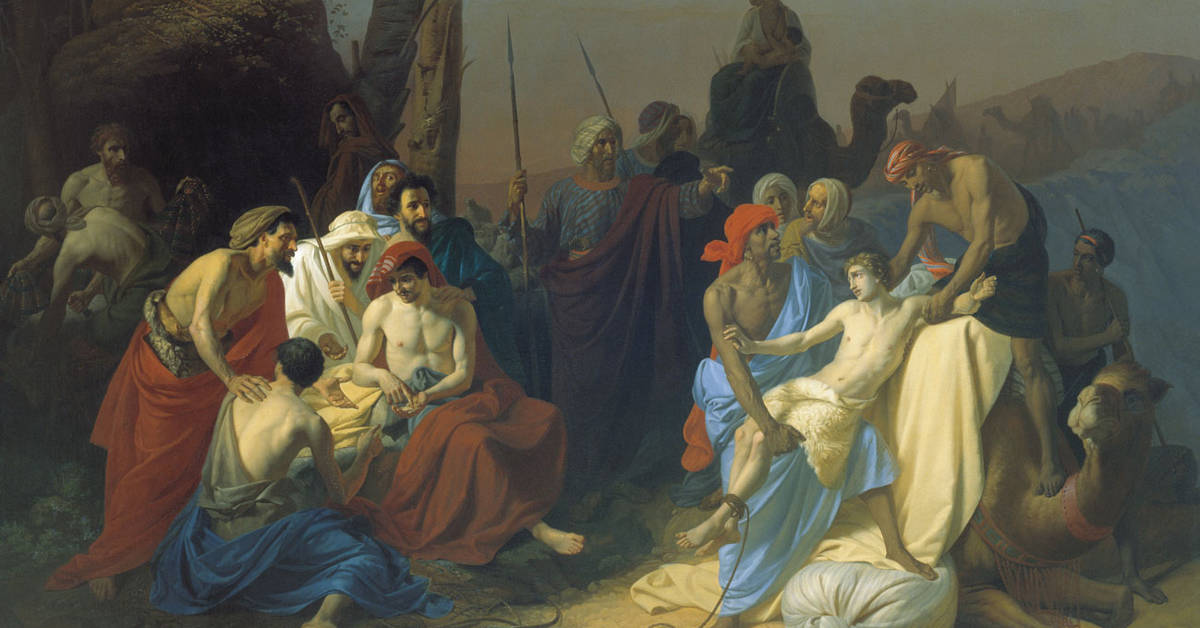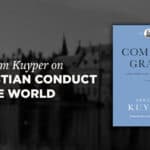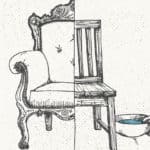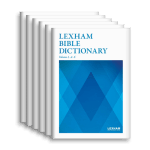
In this excerpt from Figuring Resurrection, Jeffrey Pulse explains how death-and-resurrection motifs play a critical role in understanding Joseph’s story in the book of Genesis.
Many scholars over the centuries have engaged with Joseph and his story, and their efforts have often borne useful fruit. One aspect of Joseph’s story, however, has been somewhat neglected. I suggest that a “dying and rising” theme in Genesis 37–50 plays a prominent part in the Hebrew text as we have received it in its final form.
There are certain narratives and characters in the Old Testament in which the death-and-resurrection motif manifests itself more powerfully. This is particularly the case in the Joseph narratives. I would argue that no other figure in the Old Testament canon provides as strong a case for the complexity of the Hebrew understanding of, and belief in, the idea of resurrection from the dead. As we examine each of these manifestations in some detail, we will observe their intersection in the Joseph narratives, thus showing Joseph to be a powerful death-and-resurrection figure in the received text. As we read this text as a unified theological narrative it will help demonstrate the coherence and the sense of the Joseph narratives and its dying and rising character.
No fewer than twelve manifestations of the motif of death and resurrection may be discerned in the fourteen chapters before us. The structure of these chapters provides for a certain dramatic ebb and flow that supports the motif. As we shall soon see, the Joseph narratives are quite dramatic, containing all the elements of a divine tragedy. This structure has resulted in the narratives being employed in the theater, on the stage, and, in our day, in the movies. The ebb and flow of this dramatic story is an ongoing downward/upward movement. Joseph, the members of his family, and even the Egyptians are brought low only to be raised up time and time again. As might be expected, this downward/upward movement lends itself quite nicely to the various manifestations of the death-and-resurrection motif. Jon Davies writes: “Going upward and going downward implies a cosmology, a spatial and a moral division of the universe. In Hebrew cosmology the earth is located underneath heaven and above Sheol, Hades or hell—the underworld.” This downward/upward movement is an important part of the structure of these narratives and dovetails with the submotifs to be discussed.
The manifestations of this death-and-resurrection motif in the Joseph narratives are as follows:
- separation and reunion
- three-day/three-stage separation and restoration
- the barren womb and the opening of the womb
- being cast into a pit/Sheol and being raised up/lifted up
- going down to Egypt and up to Canaan/the promised land
- slavery and freedom
- thrown into prison and released from prison
- famine and deliverance (drought and rain/dew)
- seeds/planting and growth/fertility/fruitfulness
- going down into the water/being drowned and being brought up out of the water/new life
- exile and return from exile
- stripped and clothed (garment motif)
As we examine these submotifs, I will note how they intersect with and build on one another. Historically, this intersecting and building is essential in comprehending the Hebrew understanding of death and resurrection.
A unified theological narrative
As one reads the Scriptures in a narrative fashion and approaches the text as a unified theological narrative, the various motifs winding their way through the writings become apparent. The way in which these motifs are incorporated into every portion of the canon demands attention. Such consistent patterns, and a continual adherence to common motifs, cannot be happenstance. Approaching the Scriptures as a unified theological narrative helps one to appreciate the integrity of the text, while, at the same time, combating an overemphasis on the diversity of the text.
In a careful reading of the text, one can observe and examine several motifs that are prevalent in the writings and, taken together, are intertwined and inseparable. Each one of these motifs and submotifs proves to be an integral thread in the tapestry of the Scriptures. Taken together they provide a consistent, tightly woven fabric and convey a common theological narrative. It is instructive to note the locations where they intersect.
There are characters and scenes that are central, intersecting locations of the various motifs. The Joseph narratives are one such place. In regard to the death-and-resurrection motif, there is no other character and no other narrative in the Old Testament that brings together so many of the themes of this motif. None of the explicit resurrection texts of the Old Testament Scriptures are found in the Joseph narratives. However, this does not weaken the claim of the Joseph narratives to play a crucial part in the death-and-resurrection motif. This chapter has provided evidence for no fewer than twelve different submotifs, and the presence of such a large number of these items in one relatively small section of the canon is striking and demands careful attention. We shall need as ask how the Israelites understood these narratives; how they might have read them in conjunction with canonical material represented in the Prophets and Writings, which seem more strongly to imply ideas of death and resurrection; and why Joseph came to such prominence in literature of the Second Temple period. These are questions that will be addressed in subsequent chapters. In the interim, reading the Joseph narratives with the rest of the Old Testament as a unified theological narrative shows a multiplicity of death-and-resurrection submotifs that cannot be ignored. For whatever reason or purpose, Joseph was chosen to portray the early Hebrew understanding of the afterlife in this way. While the New Testament also contains and continues this motif, it is not the origin of the theme of death and resurrection. It was Genesis, and especially Joseph and his life, that provided the foundation on which the rest of the Scriptures build and were used to elucidate this theological teaching.
This post is adapted from Figuring Resurrection: Joseph as a Death and Resurrection Figure in the Old Testament and Second Temple Judaism by Jeffrey Pulse (Lexham Press, 2021).







